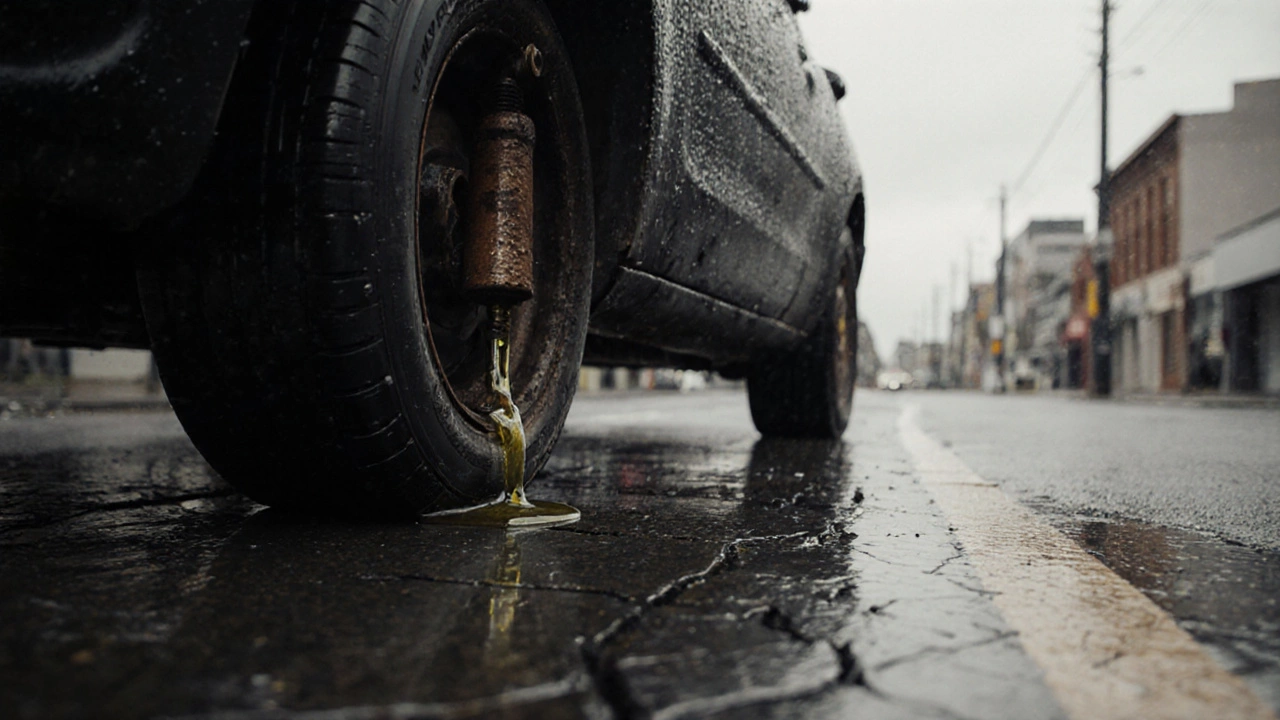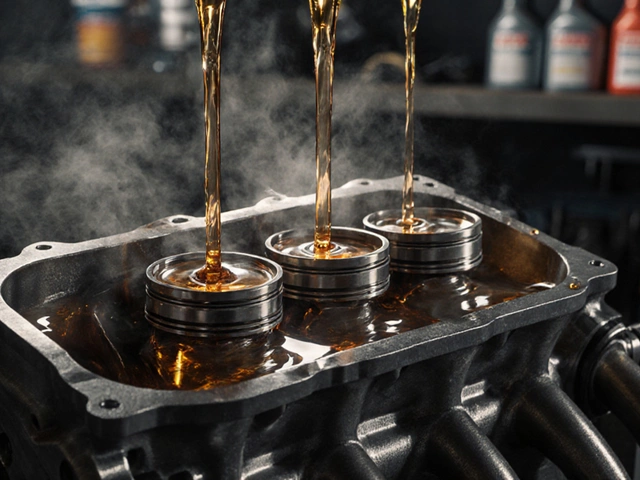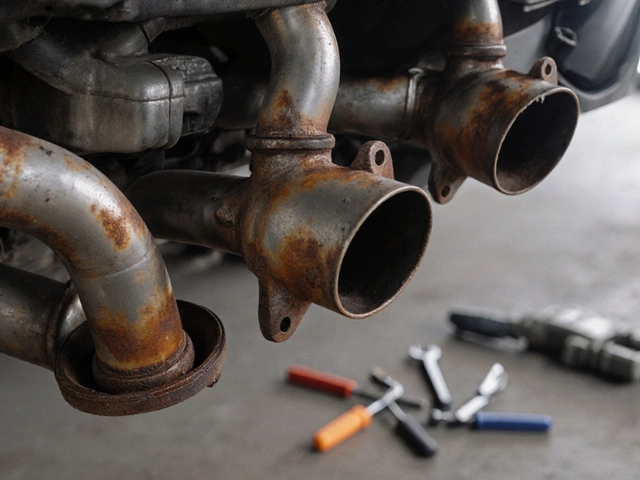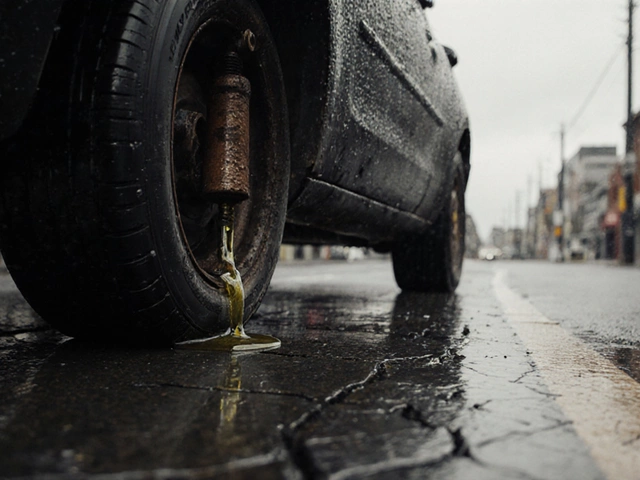Control Arms: What They Do, When They Fail, and How to Fix Them
When your car feels wobbly over bumps or pulls to one side when braking, the culprit isn’t always the tires or shocks—it’s often the control arms, metal links that connect your wheels to the car’s frame and let them move up and down smoothly. Also known as A-arms, these parts are the backbone of your front suspension, holding everything in place while absorbing road shocks. Without them, your wheels would wobble, your tires would wear out in seconds, and steering would feel loose or unpredictable.
Control arms work with other suspension components, like ball joints, bushings, and struts to keep your tires flat on the road. The ball joint, which connects the control arm to the steering knuckle, is the most common failure point. When it wears out, you hear a loud clunk when going over bumps—exactly the same sound as bad shocks, which is why people mix them up. But while shocks dampen bounce, control arms control position. If the arm itself bends or the rubber bushings crack, your alignment goes off, tires wear on the inside or outside, and your car won’t track straight.
Most cars have two control arms per front wheel—one upper, one lower—though some use a single arm design. They’re made of stamped steel or aluminum, and over time, road salt, potholes, and age eat away at them. You won’t see the damage just by looking. You need to jack up the car, grab the tire at 9 and 3 o’clock, and shake it. If there’s play, it’s likely the ball joint or bushing. A mechanic will check for movement in the arm itself too. Replacing a control arm isn’t a quick fix like changing brake pads—it takes a few hours, alignment afterward, and the right tools. But ignoring it? That leads to expensive tire replacements, damaged steering parts, and dangerous handling.
You’ll find posts here that break down how to tell if your control arms are bad, what they cost to replace, how they relate to other parts like struts and sway bars, and even how to do it yourself if you’re handy. We’ve got real-world examples from common cars, price breakdowns, and tips to avoid being upsold. Whether you’re hearing new noises after hitting a curb or just want to know what’s keeping your car steady, this collection gives you the facts—not the fluff.

What Are the Most Common Suspension Repairs?
Learn the most common suspension repairs like worn shocks, ball joints, and struts. Understand the signs, costs, and risks of ignoring these issues for safer, smoother driving.
CONTINUE READING







